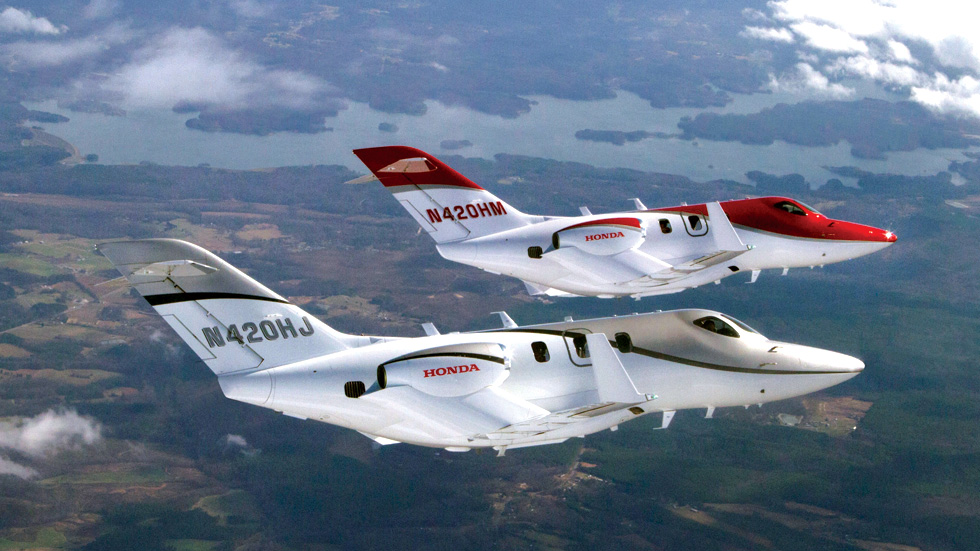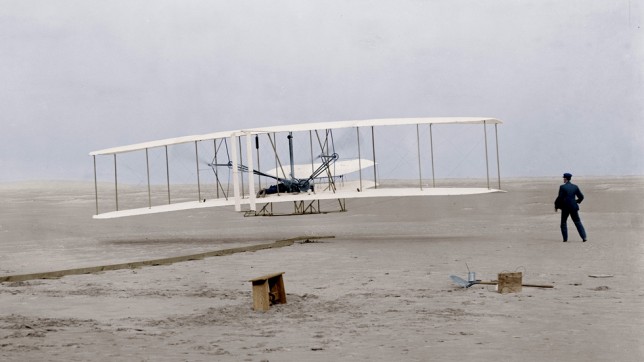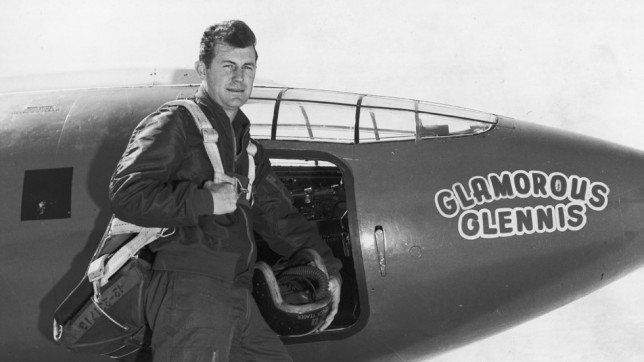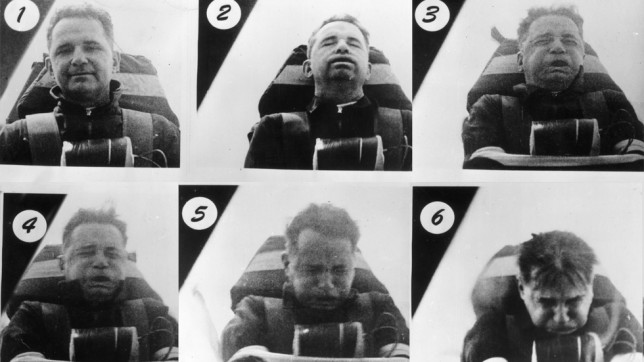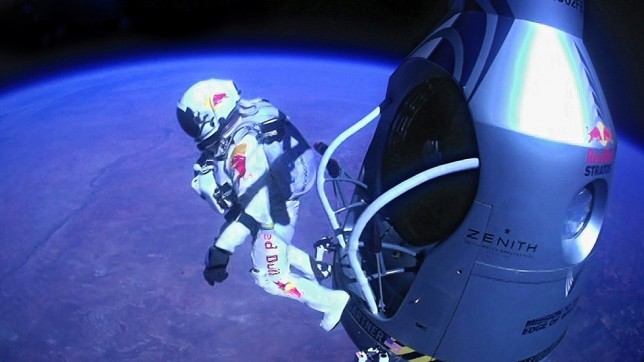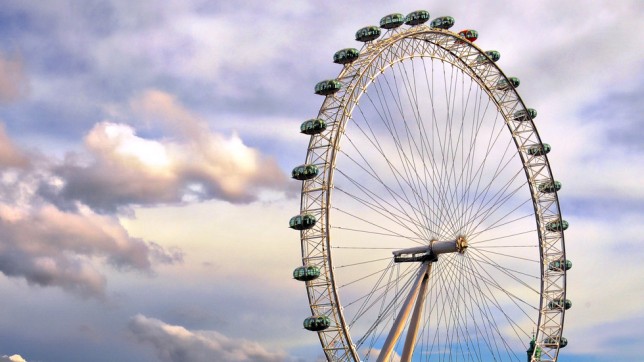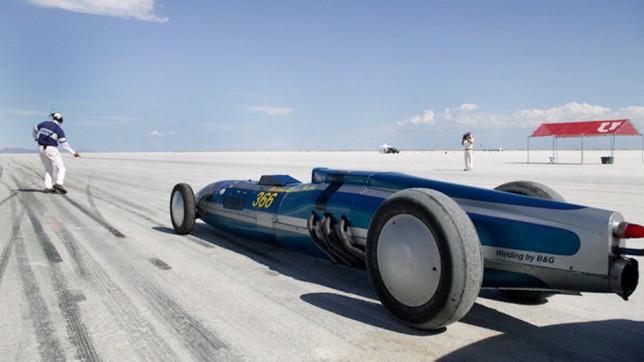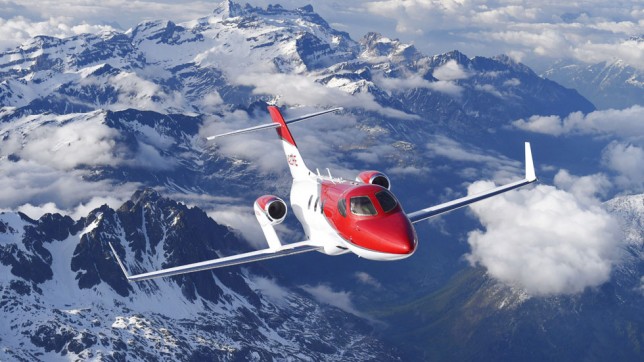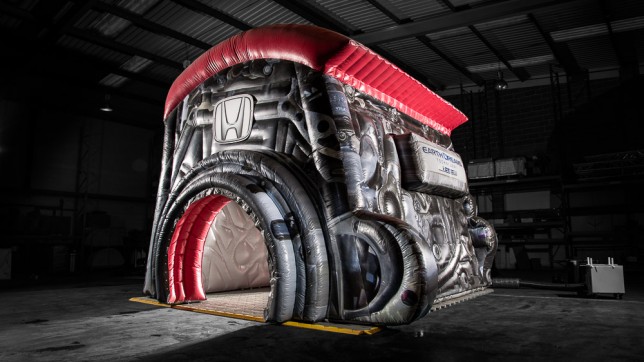by Nargess Banks
1) HondaJet: challenging the limits
Company founder Soichiro Honda believed in ‘challenging the limits’, both a phrase he liked to use and a principle he applied to the company. Soichiro loved to fly; he and his wife Sachi held private pilot’s licences and famously he was hang-gliding and ballooning even at the age of 77.
Honda would therefore have been delighted to see the company’s first production aircraft achieve its initial flight. On 28th July HondaJet made its public debut. During its 84-minute flight, the jet climbed to 15,500 ft and reached a top speed of 400mph.
‘This is an important achievement in bringing the world’s most advanced light jet to market,’ said Honda Aircraft president Michimasa Fujino as the aircraft landed smoothly. marking another milestone toward certification and entry into service by 2015.
2) The Wright brothers: the first engine-powered aircraft
Mankind has always wanted to fly like a bird. In fact the term aviation, coined in 1863 by the French aviation pioneer Guillaume Joseph Gabriel de La Landelle, stems from the Latin word avis, meaning ‘bird’.
The history of aviation can be traced back 2000 years when inventors started experimenting with kites, hot air balloons and gliders, while in China, kite flying is documented as far back as several hundred years BC.
The first engine-powered aircraft, however, was invented by the American brothers Orville and Wilbur Wright, who in 1903 conducted their first successful flight, prompting Wilbur to declare ‘Flight is possible to man.’ On 17th December their flying machine, carrying a man rose to 19 feet under its own power, travelled 120 feet and descended safely 12 seconds later.
After making two longer flights that same day, the brothers informed the press of the success and date was celebrated as the birth of the first real airplane.
3) Chuck Yeager: record-setting test pilot
On 14th October 1947, at the age of 24, Chuck Yeager became the first pilot to break the sound barrier. A brigadier general in the US Air Force, he piloted the rocket-powered Bell X-1 to a speed of Mach 1.07, becoming the first human to fly faster than the speed of sound.
As aircraft technology improved in the 1930s, engineers began looking into ways of increasing airspeed. The Bell X-1 – named Glamorous Glennis after Chuck’s wife – was developed to research aerodynamics in speeds just below and just above the speed of sound.
Chuck piloted the X-1 over the deserts of southern California over several weeks. On that October morning, despite a couple of broken ribs from a fall from his horse, he boarded the B-29 that was to carry the X-1 to altitude. The original plan was to fly to Mach 0.97 but the aircraft’s new moving tail prompted him to try to go faster.
Following this momentous day the X-1 would fly more than 100 times, reaching a top speed of Mach 1.45.
4) Dr Stapp: the rocket-powered sled
While it’s not technically a flight, the tale of Dr Stapp and his rocket-powered sled is just too extraordinary not to include. In 1954, in an experiment to test the limits of human endurance, an airforce medical researcher by the name of Dr John Stapp rode a rocket-powered sled at a speed faster than a .45-calibre bullet. From that day on he became known as the ‘fastest man on earth’.
Dr Stapp accelerated from a standstill to 632mph in five seconds. The sled then decelerated to an abrupt stop in 1.4 seconds, accomplished using bucket scoops underneath the sled, which dug into a trough of water.
The sudden stop, however, subjected Dr Stapp to pressures 40 times the pull of gravity. He was temporarily blinded, recovering his sight in a couple of hours, yet ending up with two black eyes. His eyeballs had shot forward in their sockets.
He completed 28 other high-speed rides the results of which helped, among other things, to improve seatbelt technology in cars.
5) Felix Baumgartner: record-breaking skydive
On 14 October 2012, Felix Baumgartner became the first human to break the speed of sound by jumping from a balloon 24.5 miles above the earth. He landed safely on his feet in eastern New Mexico, US.
Nicknamed Fearless Felix, the Austrian skydiver broke the speed of sound after 34 seconds of free fall reaching speeds of up to 834mph before his parachute opened and landing five minutes later to have achieved the highest and fastest skydive in history. It had taken Felix two and a half hours to travel to a height of 128,177ft above the New Mexico desert – the edge of space.
Felix had begun working with a team of scientists and his sponsor, Red Bull, two years earlier. This momentous day also sets a record for the highest balloon ascent, highest parachute jump and the fastest speed achieved by a human through the atmosphere.
6) The London Eye: bird’s-eye view
Europe’s tallest Ferris wheel offers what it calls the London Eye Flight. Once on board the London Eye, on a good clear day, you can expect spectacular 360-degree views and on a clear day, up to 40-kilometers vistas over the capital city. The company offers a pre-flight four-dimensional movie experience to prepare for the journey, and a champagne flight is also available.
The London Eye is one of the capital’s most popular paid tourist attractions with more than 3.5 million visitors annually. Built on the South Bank of the River Thames to mark the turn of the millennium, it is 135m tall and the wheel has a diameter of 120m.
Sadly it is no longer the world’s tallest wheel having since been surpassed by the 160m Star of Nanchang, the 165m Singapore Flyer and the 167.6m Las Vegas High Roller. Yet as it is the only one supported by an A-frame on one side alone, it remains the world’s tallest cantilevered observation wheel.



